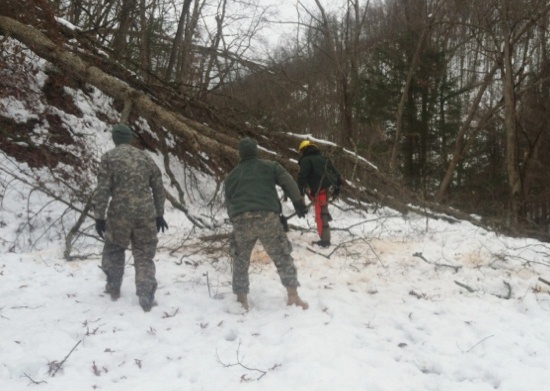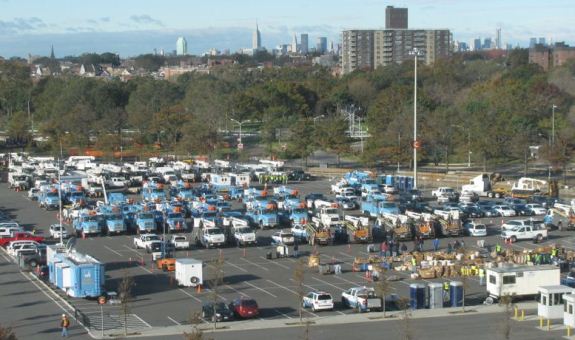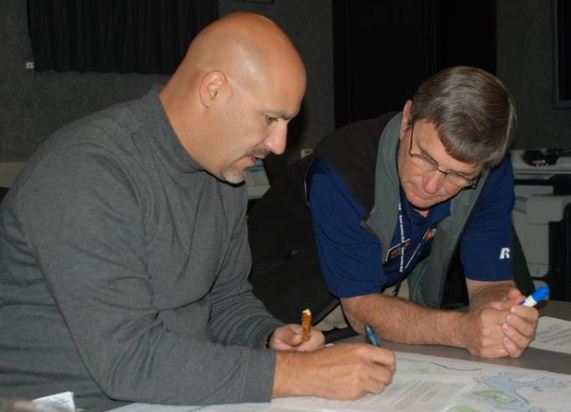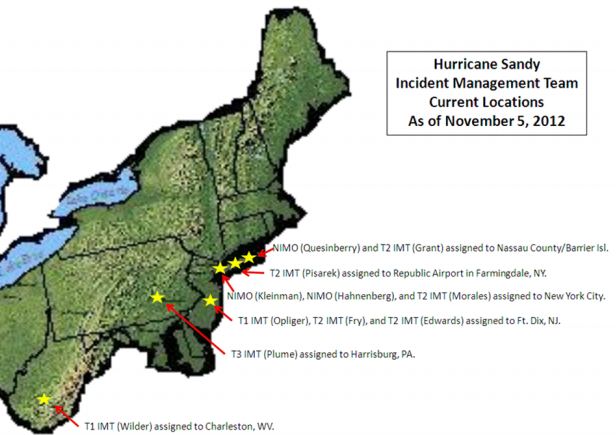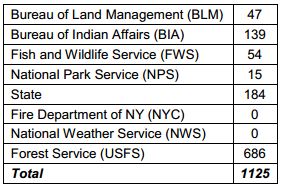
New York Governor Andrew Cuomo has fired his emergency management director for misusing state workers during the Hurricane Sandy crisis. According to reports, Steven Kuhr, the director of the State Office of Emergency Management, diverted a government crew to remove a fallen tree from his Long Island home’s driveway after the hurricane hit the area.
Before that poor decision, Mr. Kuhr had been earning $153,000 a year since he was appointed by Governor Cuomo in October 2011 as Executive Deputy Commissioner of the state Department of Homeland Security and Emergency Services. He also served as Director of the State Office of Emergency Management. Mr. Kuhr had previously run an emergency management consulting firm. Before that he had worked for the city of New York for about 20 years in a variety of jobs including deputy director for operations and planning for the Office of Emergency Management and as a chief and division captain of E.M.S. special operations at the Fire Department.
The termination came after the Governor had bitterly criticized utility companies for what he said was slow progress in restoring electricity to customers in the southern part of the state.


